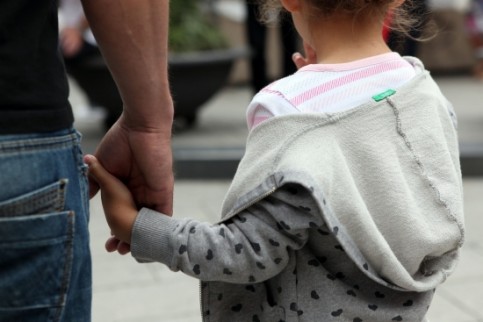Risk of child poverty increases 35.5% in single income homes
29.9% of children live below the state poverty line, a figure that has increased since the financial crisis

According to a study conducted by La Caixa Social Observatory, the risk of child poverty increases in households where only one parent is employed. The study finds that the employment of both parents is crucial, even in times of economic prosperity.
In 2008, the rate of child poverty in single income homes was 35.5%. Ten years later, that figure has risen to 48.1%, giving Spain one of the highest rates of child poverty in all of Europe.
Unsurprisingly, the most vulnerable demographics of children are those who come from households with no breadwinner at all. In 2018, eight out of ten children in this financial situation were below the poverty line, compared to seven out of ten in 2008. The next most vulnerable group is children with only one working caregiver.
In 2008, 71.7% of children from 'low labor intensity' homes were considered below the poverty line. In 2018, this figure had increased to 80%.
According to the report, the distribution of aid makes a large difference in the alleviation of poverty. Concentrating financial assistance for children based on income levels was shown to be three times more effective at changing their conditions than the alternative of spreading welfare to a general population.
Authors estimate that a 1% increase in monetary assistance — specifically for expenditures like childbirth and childcare could decrease the likelihood of those very children living below the poverty line between 5.7-6%.